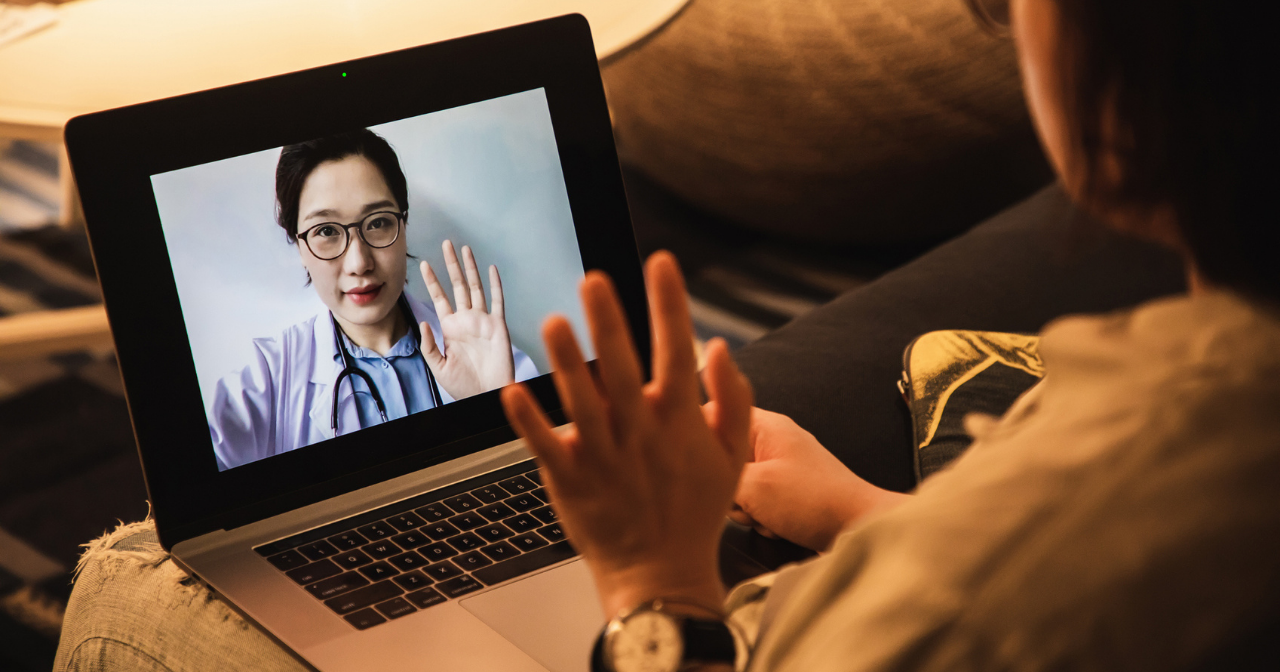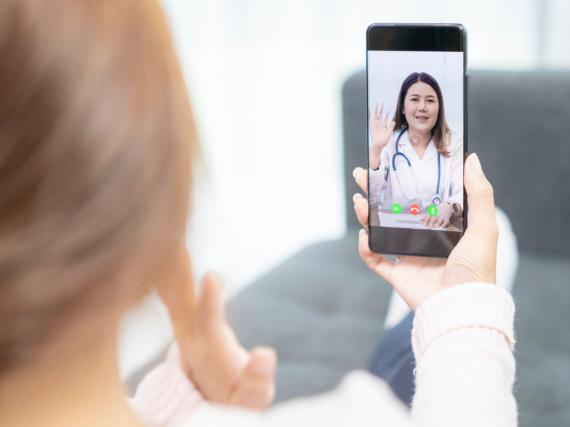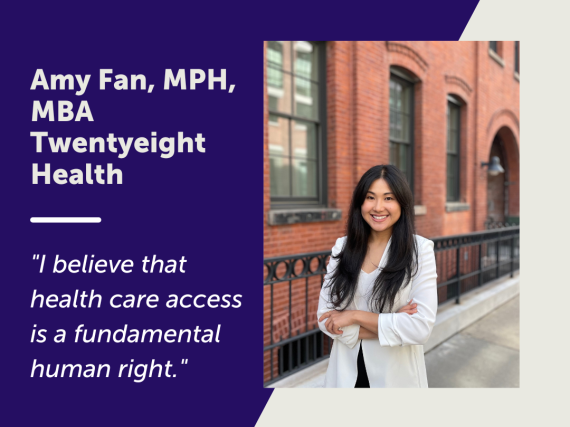Accessing Telehealth Today
Telehealth is a method of obtaining health care using technology that allows people to get necessary medical services without requiring them to make the trek to their provider’s office in person. Some examples of telehealth are using video conferencing or a phone call to have a virtual visit, getting birth control delivered to you through an online service, or getting health information through an email or text reminder. Although telehealth has been around in some iteration since the 1960s, telehealth usage has jumped from 11% US consumers using telehealth in 2019 to 46% today.
The Department of Health and Human Services found that in-person visits fell dramatically in mid-March, and in the following month nearly half of Medicare primary care visits were provided through telehealth services, compared to less than one percent in February. In conjunction with the Center for Medicare & Medicaid Services, and the Center for Consumer Information and Insurance Oversight, they released a joint guidance on telehealth, encouraging private health insurance companies to use telehealth even more by allowing insurers to make mid-year changes to policies. For consumers, this means that if their insurance company did not have a telehealth policy pre-pandemic, they almost certainly have one now.
Separate from the COVID-19 pandemic, telehealth also allows health care service delivery in places and for people who have often faced systematic barriers to accessing health care. Rural areas traditionally have had worse health outcomes than their urban or suburban counterparts due in part to more difficultly accessing health care. Telehealth can help increase access to specialty care in rural areas, which tend to have fewer clinicians who can treat complex health issues. Telehealth eliminates the aspects of health care that can be the most inaccessible for marginalized people. People of low income may be unable to afford money for transportation or childcare to get to an appointment and are more likely to be employed in jobs that are hourly, meaning they may not have guaranteed time off. People with disabilities may have difficulties with transportation, as public transportation is often not accessible for people who use mobility aids such as wheelchairs and canes.
For those who are interested in getting their reproductive health needs met via telehealth, there are many different options, depending on their concerns.
Hers provides access to birth control, for a flat $30 fee. However, Hers does not accept insurance for birth control. Hers also has telehealth options for other health care concerns, such as primary care appointments, COVID-19 at home tests, and dermatology appointments. Hims provides sexual health services for people with penises. For example, they are able to prescribe generic and non-generic versions of medication for erectile dysfunction and premature ejaculation.
HeyDoctor is an online telehealth service that allows people to access a range of health care services without a traditional office visit for issues such as genital herpes and asthma, as well as to prescribe birth control. HeyDoctor only treats these specific health concerns, and allows users to use their health insurance or pay out of pocket. It’s important to note that prices can be lower than traditional medicine. For example, a service like UTI testing and treatment costs about $20.
While telehealth increases access to health care, it’s important to remember that it is not a perfect solution for health care accessibility. A recent survey showed that only 36% of respondents could explain what telehealth is and only 24% of respondents knew how to find a telehealth provider. Additionally, most forms of telehealth require high speed internet access, a smartphone, or both, which can be inaccessible to people who are struggling financially or live in remote areas. Telehealth also often has a cost associated with it, such as the price of medication or consultation with a provider. In order to help defray some of these costs, Power to Decide’s Contraceptive Access Fund, BCBenefits, provides reimbursement for direct costs of contraception for women living at or up to 250% of the federal poverty level. Learn more about the program or donate to help ensure that everyone can access birth control regardless of their income.
Temilola Adeoye graduated in May 2020 from Ithaca College with a bachelor’s degree in Public and Community Health. She works as a Digital Health Fellow for Power to Decide and is passionate about access to reproductive health for all.



